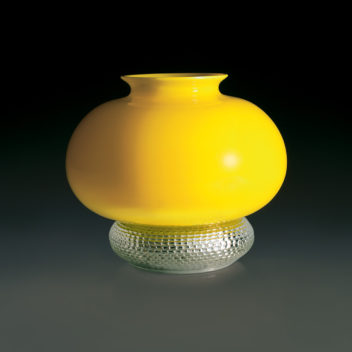
Franca Helg 1920–1989
Franca Helg was born in Milan on February 21, 1920. She graduated from the Architecture School at the Politecnico in Milan in 1945. Her professional career, which she began independently, collaborating with Franco Albini after 1951, with Antonio Piva after 1962, and with Marco Albini after 1965, embraces the entire range of design work. She was a tenured professor of Architectural Composition III in the Architecture Department of the Politecnico in Milan. She held classes in architectural design at the Technische Universität in Munich and at the Catholic University of Córdoba in Argentina, and specialization seminars in Cuzco, Peru, in Quito, Ecuador, in Bogotà, Colombia, in Salvador de Bahia, Brasil, in Madrid, and in Barcelona. She lectured at conferences in Italy and abroad, and was a member of competition juries and evaluation committees in Europe and overseas.


